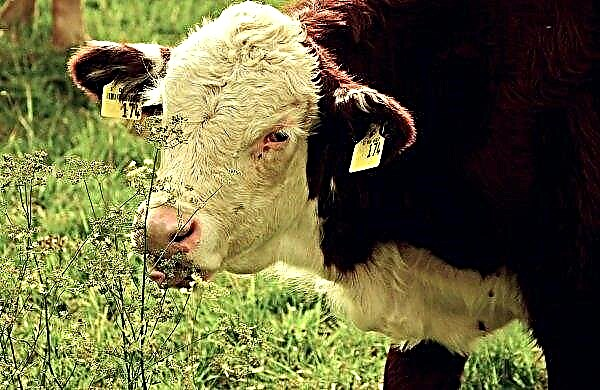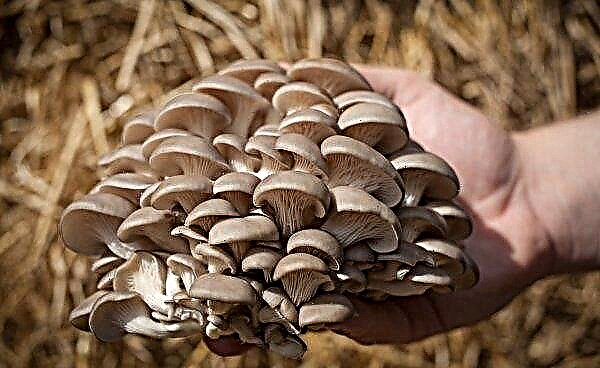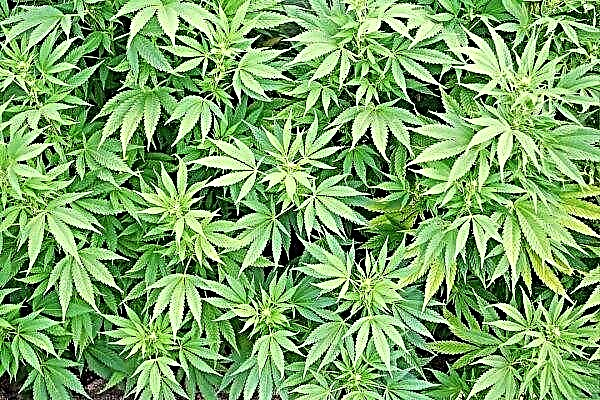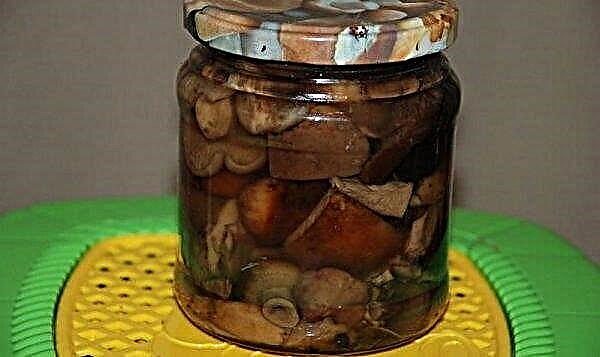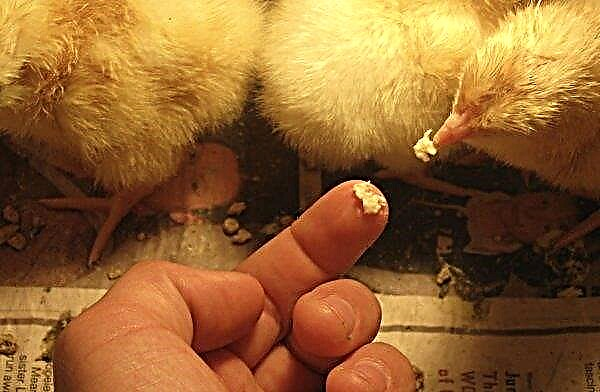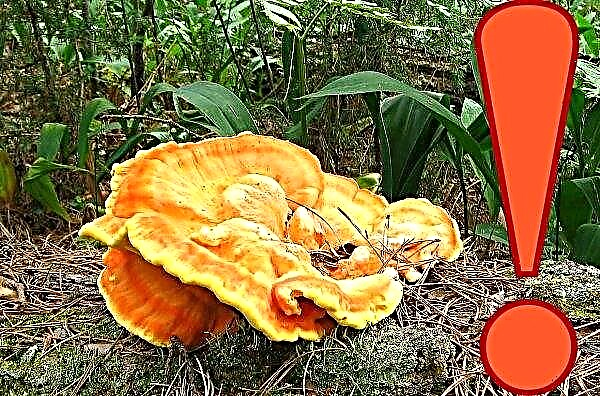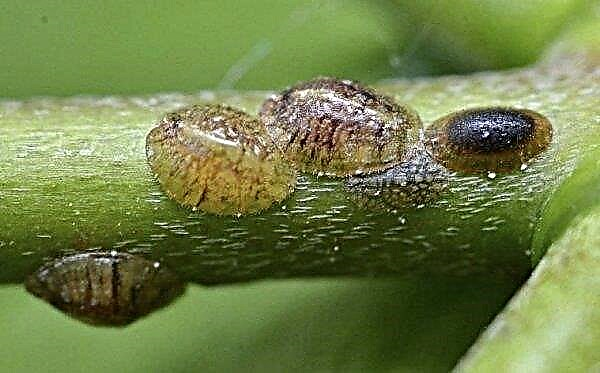Fusarium wilt Tropical Race 4 (TR4) threatens the very existence of the banana industry. The new variety was developed using chemical mutagenesis methods and is currently propagated and distributed in the provinces of China.
TR4 is a dangerous banana disease caused by the soil fungus Fusarium oxysporum f. sp cubense. and being the main problem when growing them.
The causative agent remains viable for decades in the soil and, therefore, it is difficult to destroy.
The fungus penetrates the plants through the roots and interferes with the absorption of water, causing leaf wilting. A banana plant eventually dies.
The International Atomic Energy Agency (IAEA), in collaboration with the Food and Agriculture Organization of the United Nations (FAO), has worked with researchers from around the world to support the development of new varieties of different types of bananas that will be resistant to this disease.
According to Ivan Ingelbrecht, head of the FAO / IAEA Plant Breeding and Genetics Laboratory, other countries, including the Philippines, are at an advanced stage of developing their own varieties using gamma radiation.

Scientists use in vitro methods to grow thousands of small banana plants in culture tubes suitable for mutagenesis using chemicals, gamma rays, or x-rays.
This speeds up the natural process of mutation in plants and creates genetic diversity, which can then be used to produce new varieties, including those with favorable traits.

A coordinated research project involving scientists from six countries, including China and the Philippines, has been leading the development of TR4-resistant banana lines since 2015.
For decades, previously limited to Southeast Asia, the Fusarium wilt Tropical Race 4 (TR4) was first seen in Africa recently and in Latin America earlier this year. His outbreak in August of this year led to the declaration of a state of emergency in Colombia.



